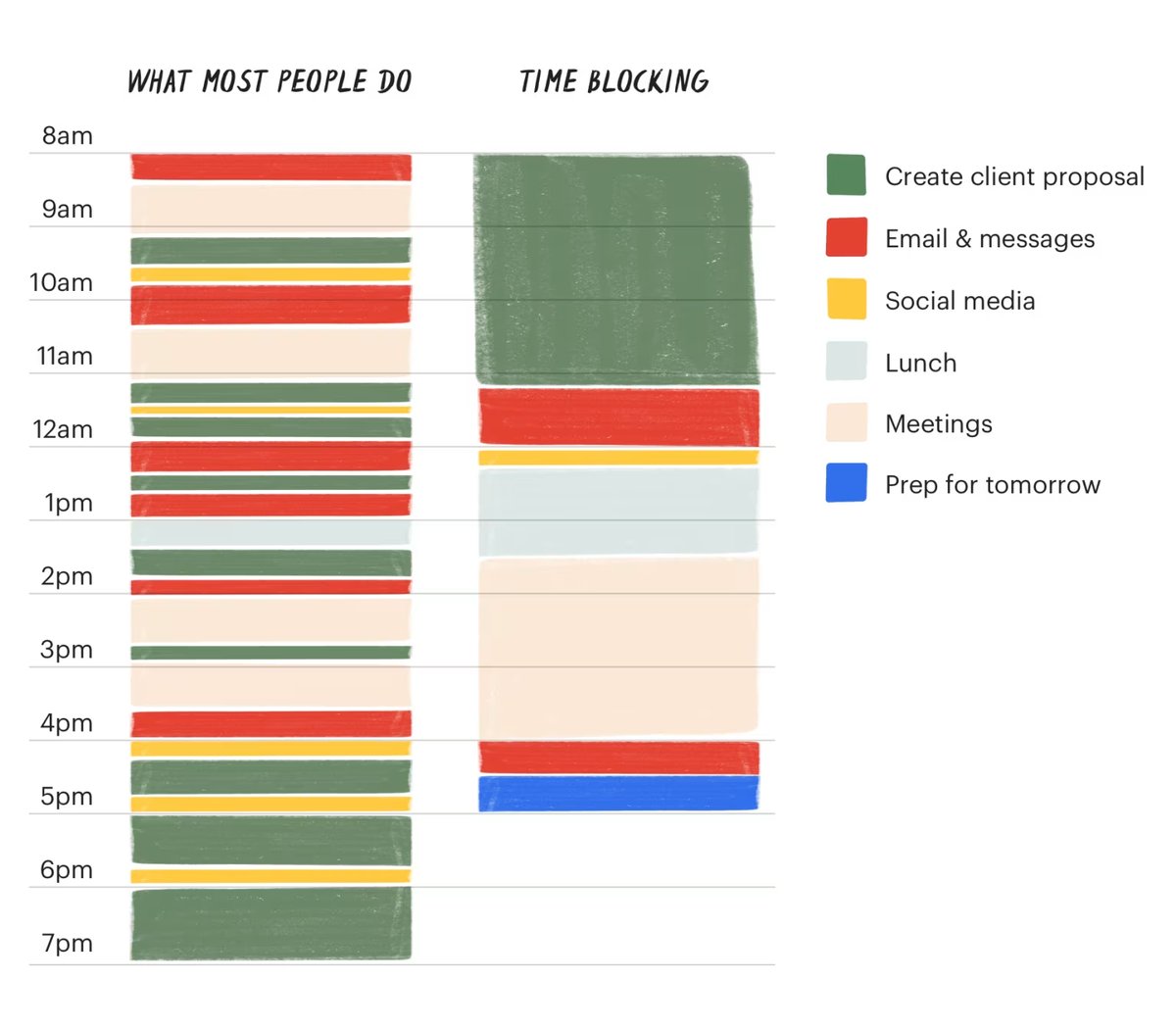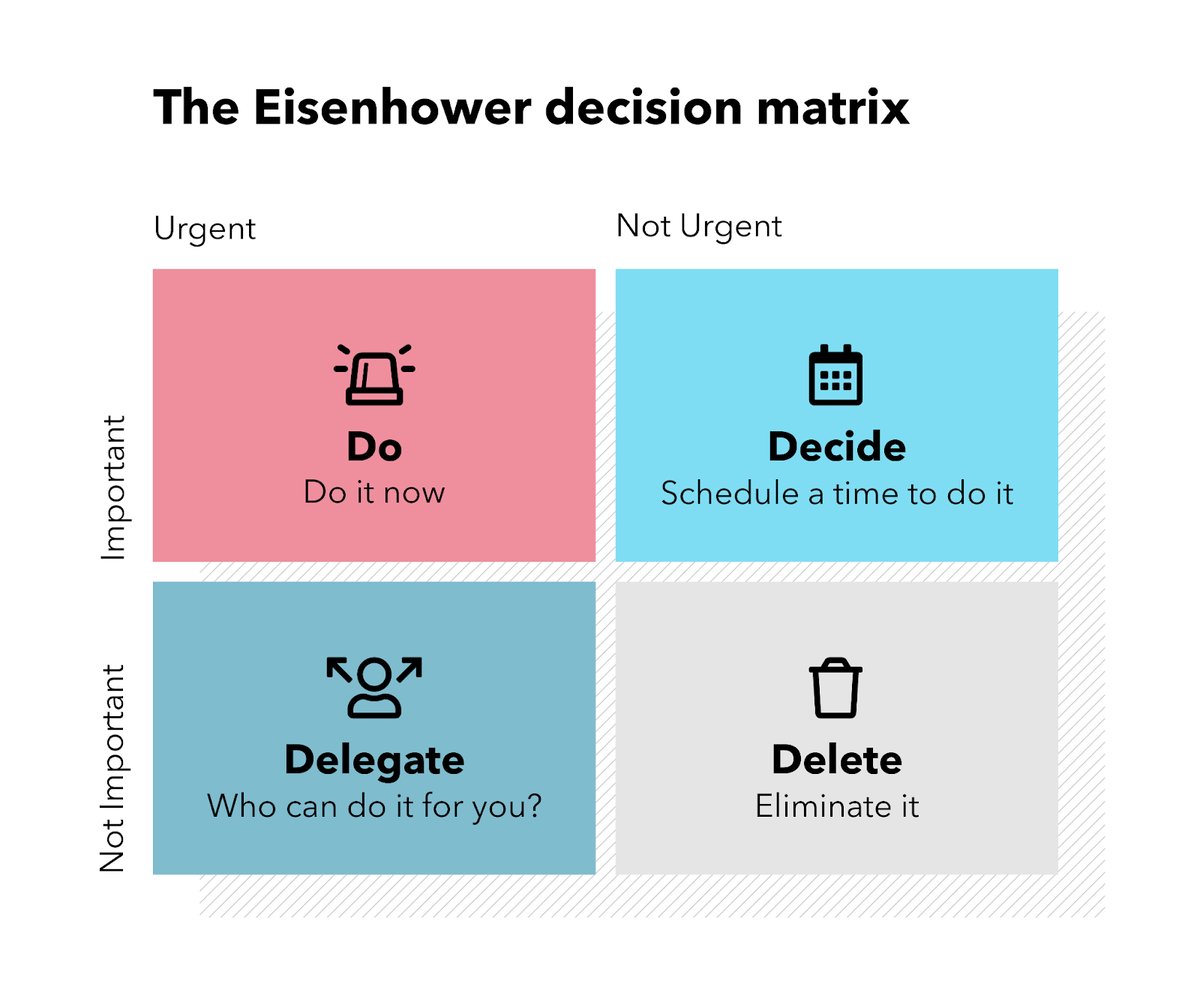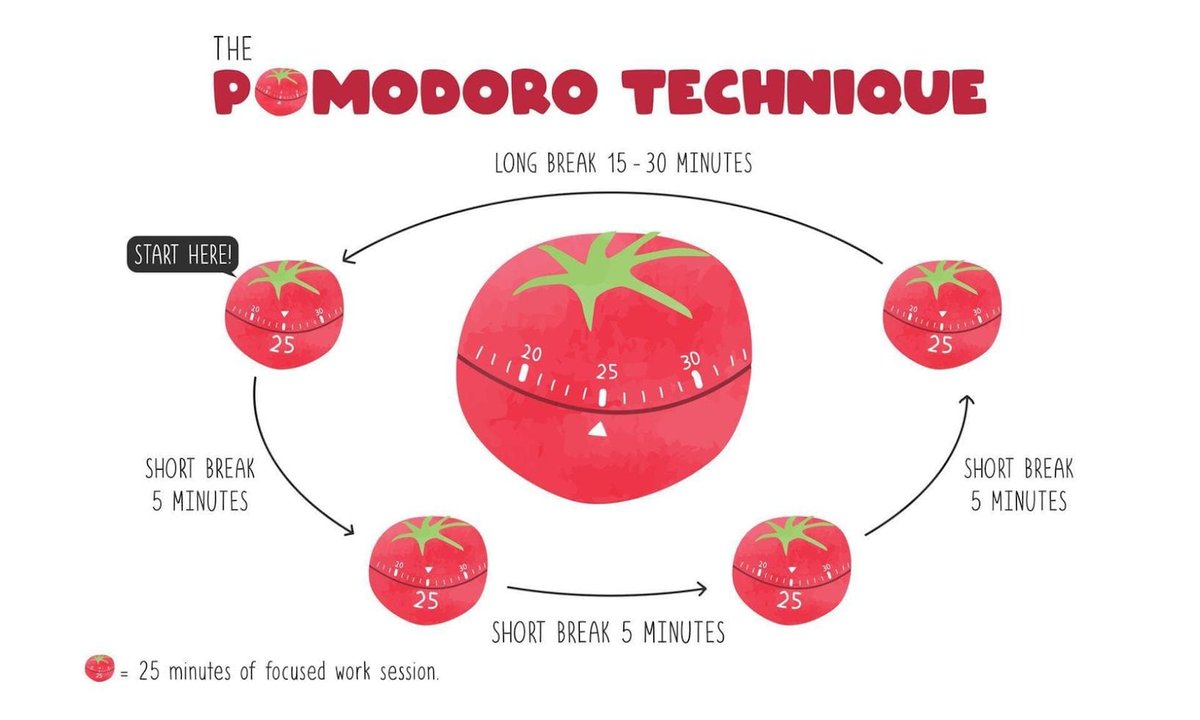Creativity encourages us to act spontaneously, moving with our feelings and inspiration—it’s not about rules but about being yourself in the present moment. However, effective time management becomes crucial when a job imposes deadlines on a creative person. It helps adjust the process, ensuring projects are completed on time while balancing creativity and deadlines.
Creativity is about coming up with new ideas and bringing them to life. But the ideas come up unexpectedly or even randomly. The effect of deadlines adds extra strain to this. So, managing your time is key to using your creative energy wisely.
The Unpredictable Flow of Creativity
You are hanging out with your friends, taking a shower, or, worse, falling asleep. And out of nowhere, an excellent idea pops up in your head. The spontaneous nature of creativity makes it hard to follow some timeframes. You can't plan it or predict it. Psychologists from UC San Diego found we are most creative when we dream during REM sleep. That means the level of creativity rises when you don't force it. Understanding this helps manage time effectively.
It's essential to create an environment that improves creativity. Choosing specific times for brainstorming can be challenging. Instead, try to be flexible in your schedule to catch ideas as they come up.
Impact of Deadlines on Creative Work
We all know the positive side of deadlines. They give us structure and a sense of urgency. This can motivate you to focus and complete your work. In other words, deadlines make sure there is no space for procrastination.
Yet, strict deadlines can harm creativity. Have you ever felt like you couldn't make it on time? You must have felt stressed and anxious. These two are the enemies of creativity. For creative work, you need some time to explore different ideas. You may need to experiment with other approaches. But is it possible to do all that when you are in a rush and have zero inspiration? Of course not. So don't be so hard on yourself; allow for some flexibility with your time. The key is finding the right balance of pressure to keep you focused without overwhelming you. Incorporating Behavioral Skills Training can help you manage stress, enhance time management, and maintain the mental clarity needed for creativity, even under pressure.
With a flexible schedule, you can have periods of focused work and space for unplanned inspiration. Here are some of the tips for a flexible schedule:
Time Blocking
Time blocking is one powerful technique for managing your schedule. It means dividing your day into blocks of time, each dedicated to different tasks. For example, you can use the morning for brainstorming and creativity and execute these ideas later. The evening can be perfect for reviewing and making changes. For teams managing creative projects, an employee monitoring software like Apploye can track time allocation across tasks and help managers understand how team members distribute their hours between creative exploration and execution.

Image source: Todoist
But if you limit yourself to specific time blocks, you won't be flexible. That's why you should block time before starting to work. You can check your mood, environment, weather, workload, or whatever influences your creativity. Based on these things, you can then plan the day. And you got it right; we have a new plan every day. Over time, you will see patterns and what works for you best and what doesn't. This way, you can set deadlines for the day to stay focused and be flexible with your time.
Be realistic about how long each task will take. And remember to take short breaks to rest and recharge.
Buffer Time for Creativity
Of course, it is hard sometimes to stick to the plan. That's precisely why you need to include buffer time. It is extra time that covers delays, urgent tasks, or bursts of inspiration.
Let's say you think this task will take two hours. Why not give it two and a half? This extra time lets you feel less stressed and pressured. By allowing yourself to be flexible, you give yourself the freedom to explore ideas more fully and manage your time better.
With clear and achievable goals, you can effectively stay focused and productive. Here is how you can achieve that.
SMART Goals
SMART goals are Specific, Measurable, Achievable, Relevant, and Time-bound:
By the way, a study by Dr. Gail Matthews at Dominican University found that people who wrote down their goals were 42% more likely to achieve them. Using the concept of SMART goals and writing them down is a great idea.
There are two effective prioritization techniques: the Eisenhower Matrix and the ABC method. These two tell us to focus on what's most important and urgent. Let's take a closer look.
Eisenhower Matrix
This matrix is named after Dwight D. Eisenhower, the 34th President of the United States. Once, he said, "What is important is seldom urgent, and what is urgent is seldom important." This matrix helps you decide and rank tasks by urgency and importance.
Tasks are divided into four categories:
This method helps you see tasks differently. With this matrix, you focus on what truly matters, delegate or eliminate less important tasks, and manage your time more effectively.

Image source: Spica
This method is pretty much similar but breaks tasks into three groups:
According to a study by Reuters, office workers get interrupted up to 11 times an hour. This proves that prioritizing tasks is essential to staying focused and productive. To do that properly, you can use the Eisenhower Matrix or the ABC Method along with a prioritization matrix template to save time organizing and presenting your priorities.
Here are some tips to stay focused and be more productive, which will help with time management:
Pomodoro Technique
The Pomodoro Technique is a great time management tool that helps to focus by dividing work into 25-minute intervals. They are named "pomodoros" because of the tomato-shaped kitchen timer. During university, the inventor used this timer to track his work and break intervals. Here's how it works:
There was even university research that found that it works. Because of the Pomodoro Technique, the number of distractions each day decreased by 46%. So, if you break work into manageable intervals, your concentration level will increase significantly.

Image source: Breeze
Minimizing Distractions
Because we are connected online all the time, distractions are everywhere. So, to improve your productivity, you should try to minimize distractions.
Creative Collaboration
Creative collaboration can also help with productivity. Listening to others can do the trick if you are trying to come up with creative ideas. Your colleagues may have their perspectives and opinions, which can lead you to more innovative solutions. Sometimes working in groups is better as you can share responsibilities and be more productive.
Productivity Tools
Here are some of the apps that are great for time management:
These productivity tools are especially great for working in teams. They improve task and time management and clearer communication among team members .
Staying creative and completing tasks on time requires some strategies.
Breaking Tasks into Smaller Steps
This tip works best if you have a huge task to finish and your creativity is down. Try breaking down the task into smaller and more manageable ones. They will look less overwhelming and more accessible to complete.
Let's say you’re running a marketing campaign for a gardening store. Spend the first part of the day researching, analyzing competitors, and getting inspiration. Then, prioritize which channels expect the highest ROI, write the copy, and design the graphics. Then, get feedback from your client and finalize the campaign. When you notice that each step gets you closer to the finish line, it inspires you to keep going.
Setting Interim Deadlines
When it comes to teamwork, interim deadlines can help much better. Think of them as smaller deadlines within a more extensive project; if your team has to finish a project in a month, set weekly or bi-weekly deadlines for different parts of the project. This way, you can kill two birds with one stone. The deadlines won't be that scary anymore, and you can make reviews and changes on each of these deadlines, which helps to manage client expectations.
Techniques to Stimulate Creativity
You can develop new ideas or overcome blocks using methods like mind mapping or brainstorming.
Even though balancing creativity with deadlines is quite tricky, it is possible if you follow the right time management strategies. These strategies work best when you align them with your pace. Effective time management in a creative sphere is not about strict schedules. This is about creating an environment where your creativity has no limits.
Find out if MentorCruise is a good fit for you – fast, free, and no pressure.
Tell us about your goals
See how mentorship compares to other options
Preview your first month
